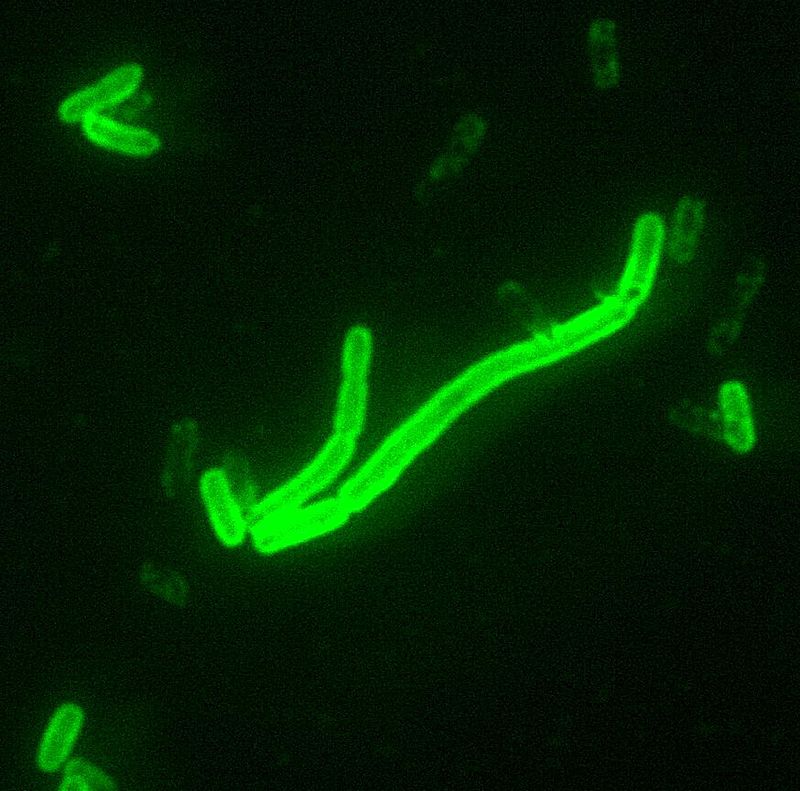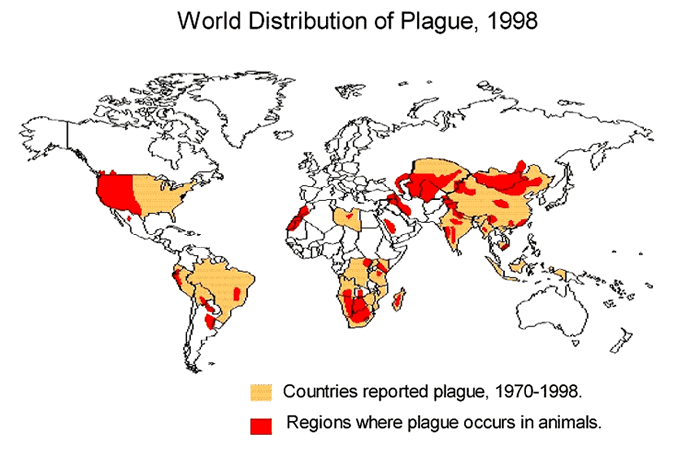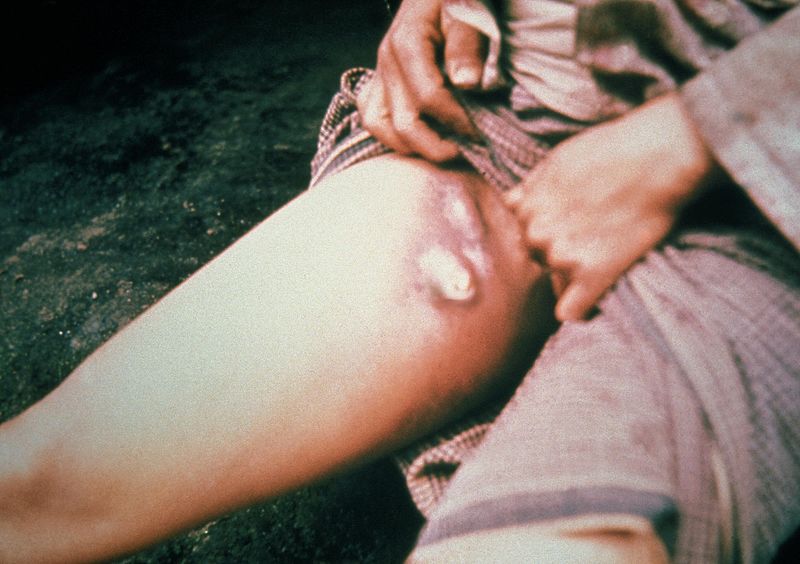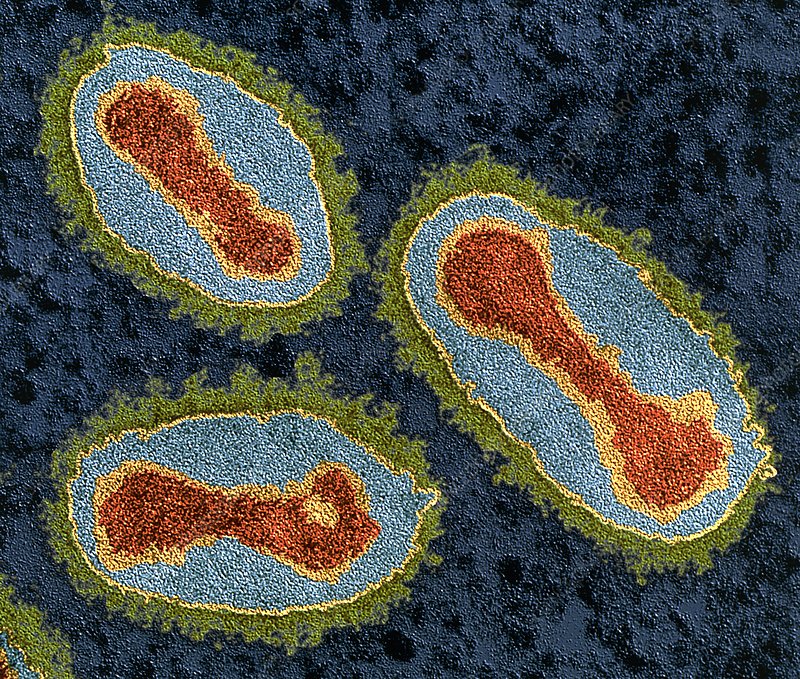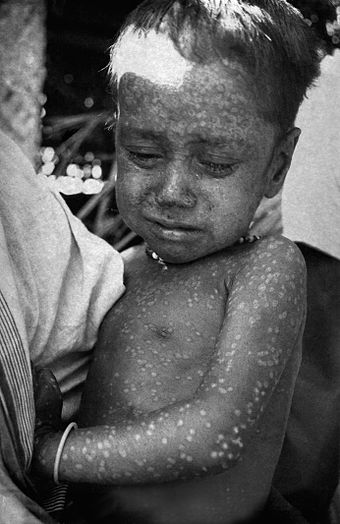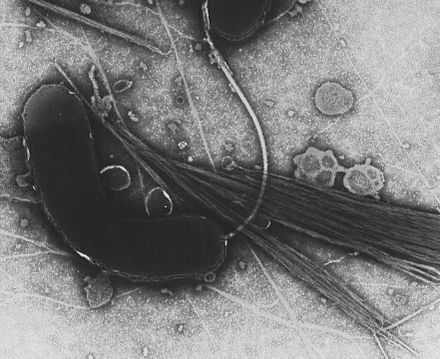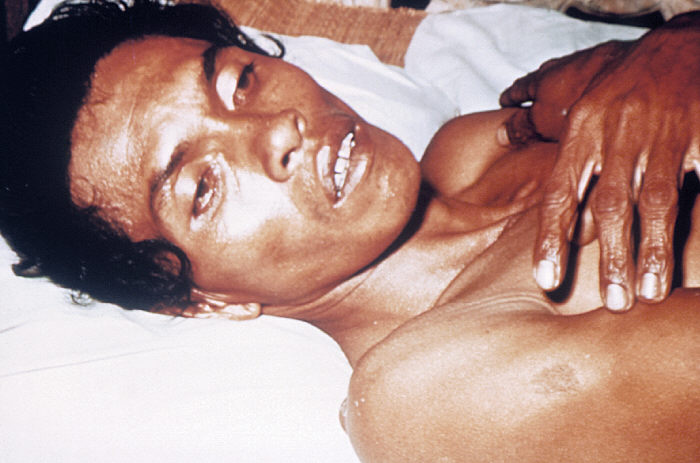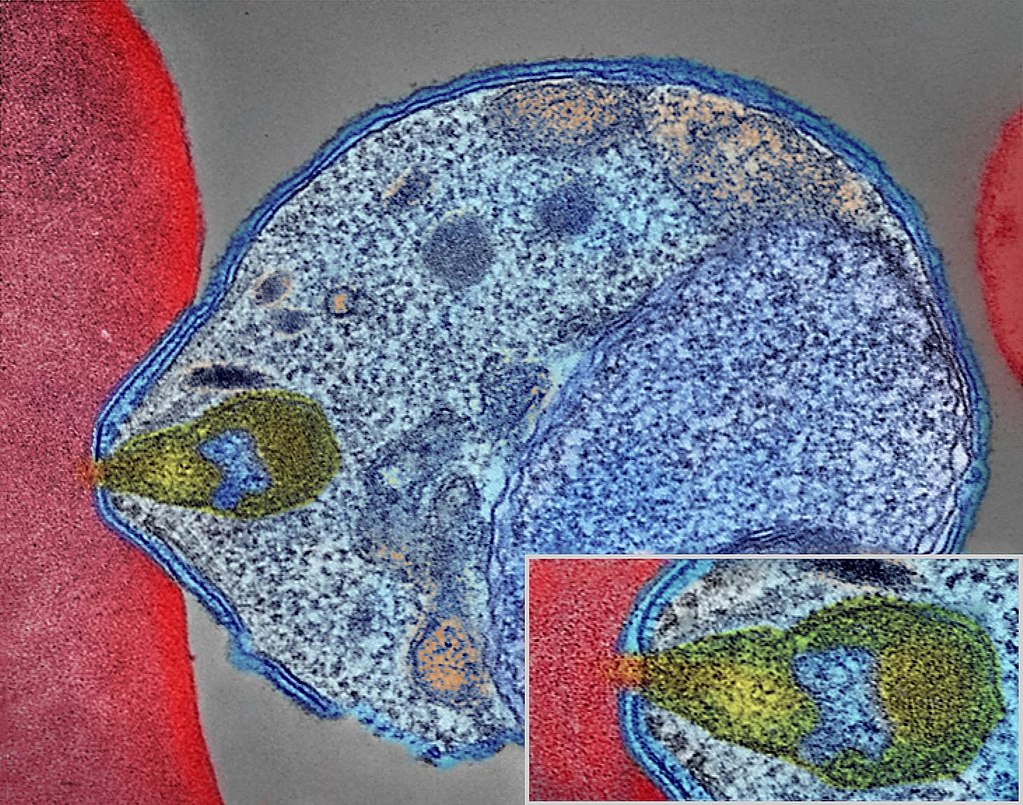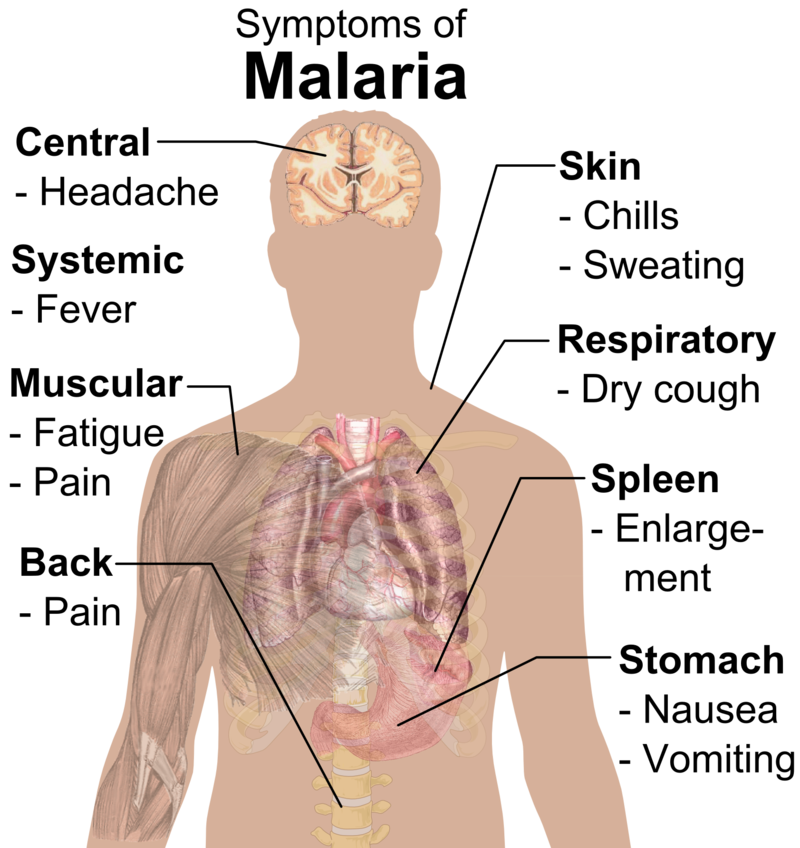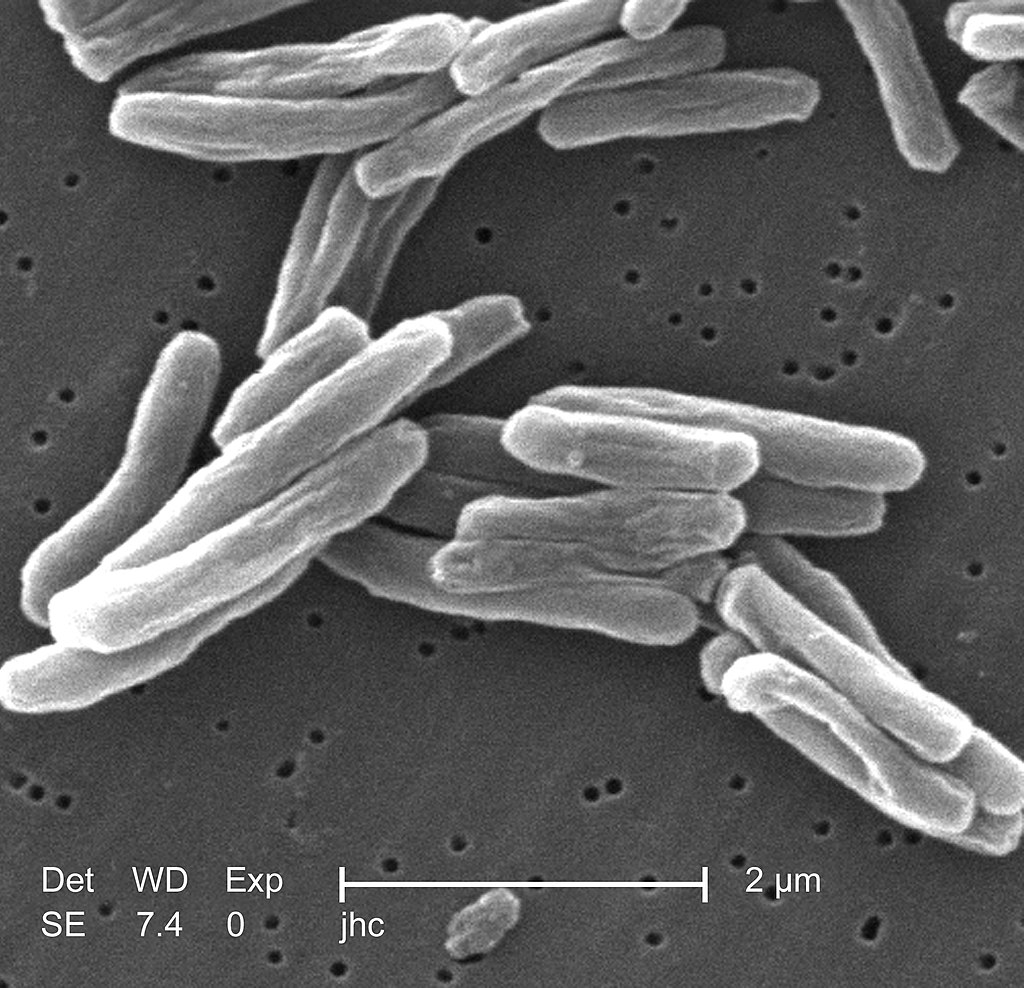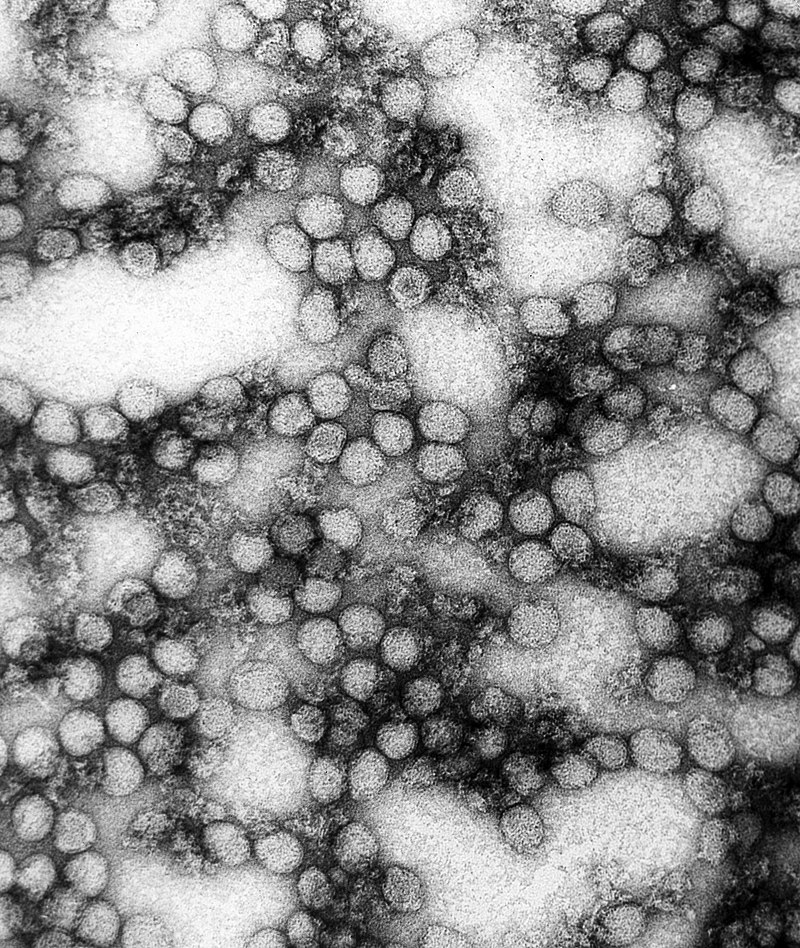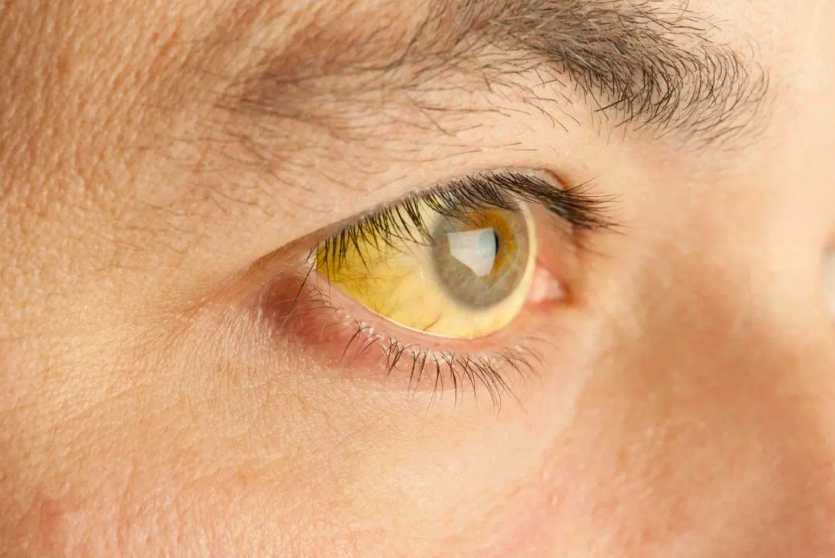Bubonic Plague has historically occurred in large outbreaks, with the best known being the Black Death in the 14th century, which resulted in greater than 50 million deaths.
- Droplet contact – coughing or sneezing on another person.
- Direct physical contact – touching an infected person, including sexual contact.
- Indirect contact – usually by touching soil contamination or a contaminated surface.
- Airborne transmission – if the microorganism can remain in the air for long periods.
- Fecal-oral transmission – usually from contaminated food or water sources.
- Vector borne transmission – carried by insects or other animals.
